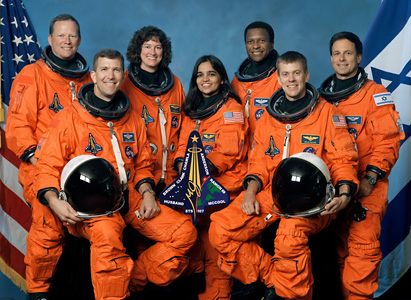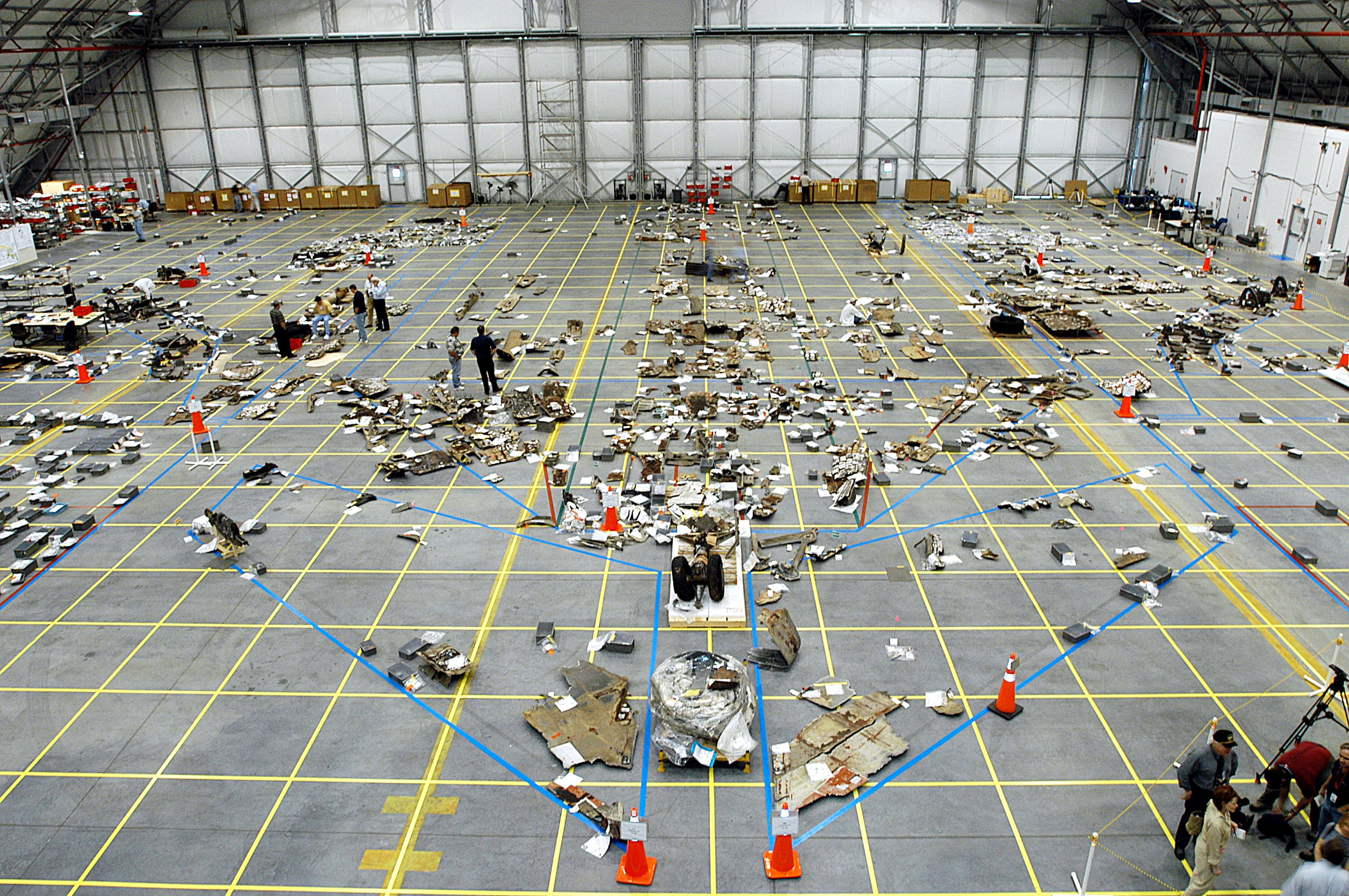Columbia disaster resulted in the loss of the United States space shuttle Columbia and its crew. On Feb. 1, 2003, Columbia was returning to Earth after a 16-day mission. It broke apart over Texas at an altitude of 40 miles (65 kilometers) and a speed of 12,000 miles (19,000 kilometers) per hour. All seven crew members died.

The crew of Columbia included the commander Rick D. Husband, pilot William C. McCool, and payload specialist Ilan Ramon, the first Israeli astronaut. The mission specialists were Michael P. Anderson, Kalpana Chawla, David M. Brown, and Laurel Blair Salton Clark. During the mission, the astronauts conducted scientific experiments using a facility in Columbia’s payload bay called Spacehab.

Investigators traced the cause of the disaster to a piece of foam insulation. The foam fell off the shuttle’s external fuel tank shortly after take-off on Jan. 16, 2003. Observers believed the foam had struck the shuttle’s belly. Experts estimated that, even if damaged by the strike, the thermal (heat-resistant) tiles there would withstand the 5000 °F (2800 °C) temperatures during reentry. Investigators later learned that the foam had actually hit the leading edge of the left wing. The tiles there are more brittle than those on the belly.
A little over two weeks later, upon reentry, heat and wind entered through a small hole that had been opened in the wing by the foam. The hole expanded, and the airflow over it created excessive drag (friction). The drag tugged the vehicle’s nose to the left. Columbia began to tumble. It finally disintegrated altogether.
Officials halted shuttle launches for over two years, resuming on July 26, 2005. In this time, they developed procedures and tools to try and reduce the shedding of debris. They also developed the ability for astronauts to inspect and repair the thermal tiles in space and to take refuge aboard the International Space Station if needed.
